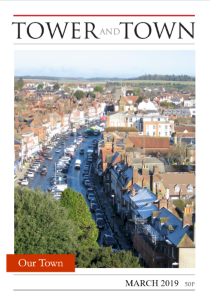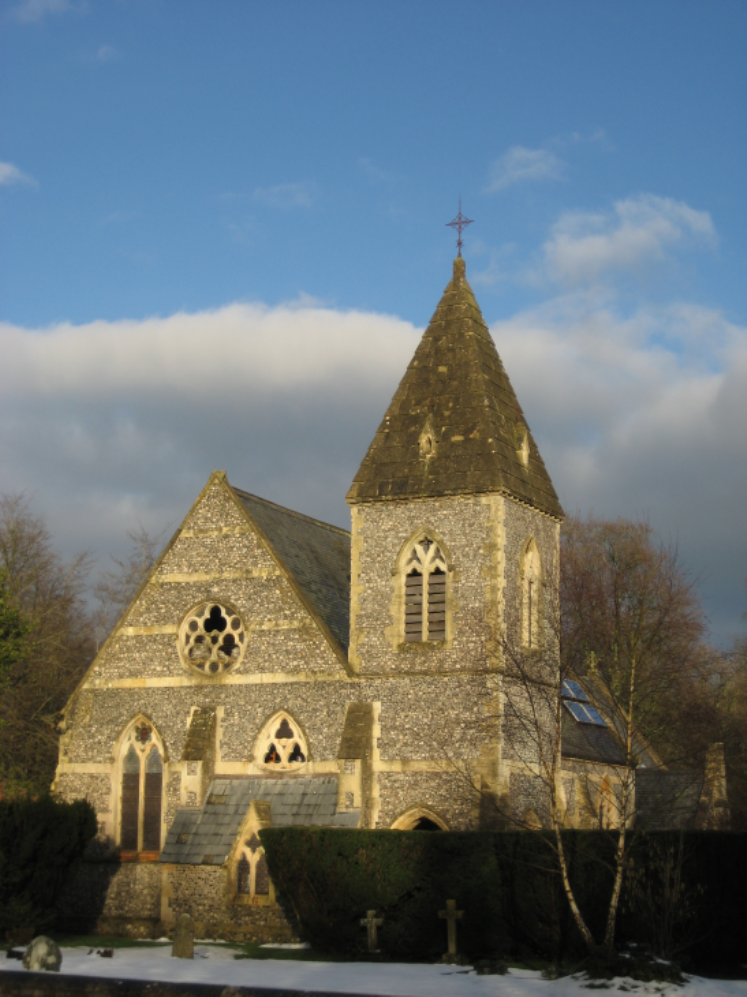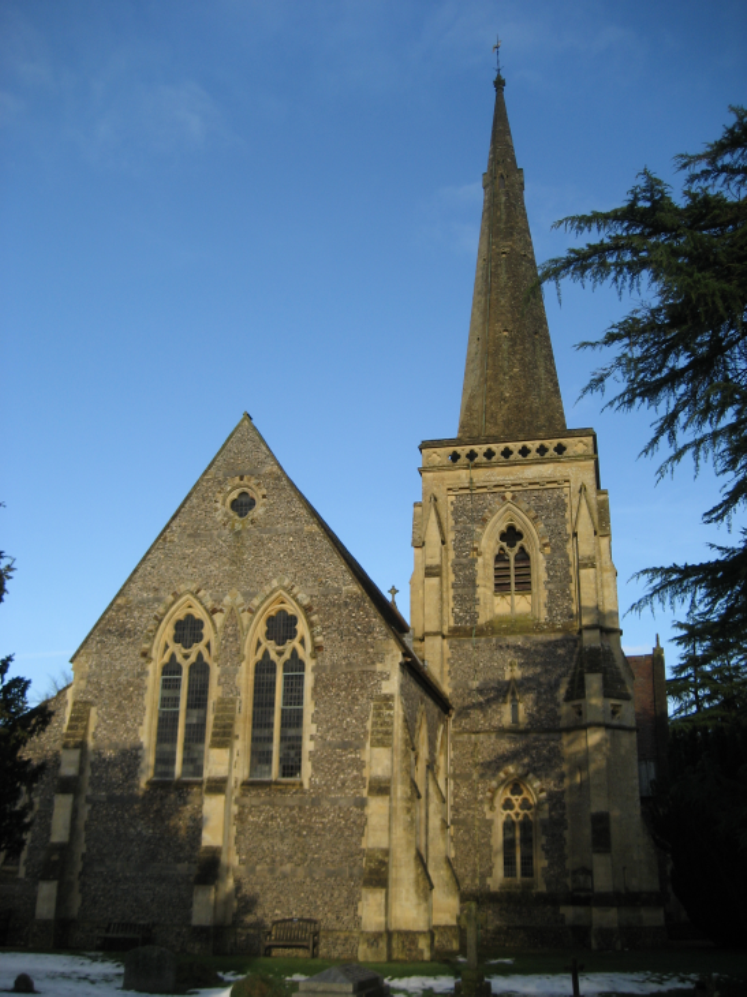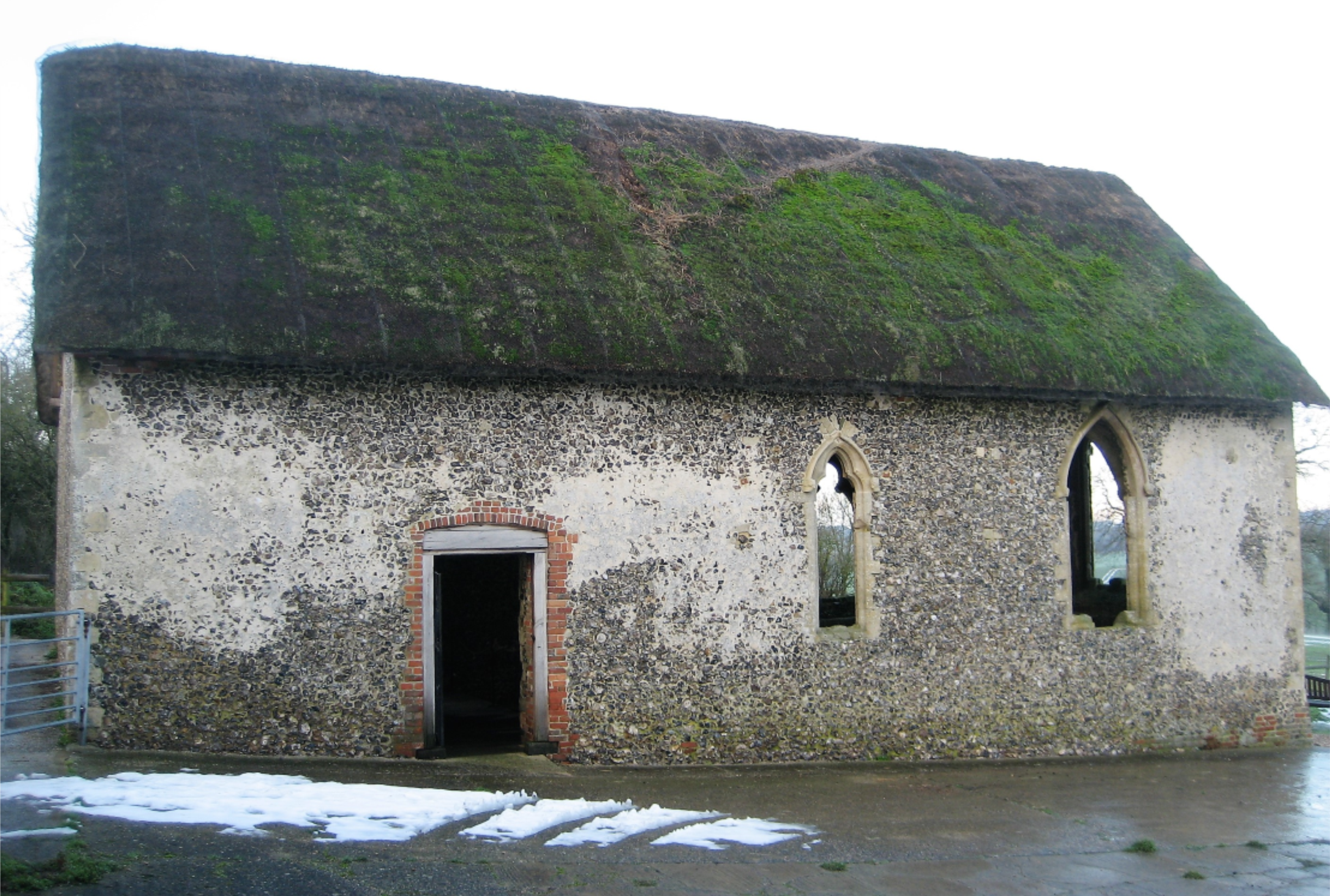

Tower and Town, March 2019 (view the full edition) (view the full edition)March Miscellany: A Good VisitI came across Christchurch in Cadley on the edge of Savernake Forest when I was researching the burial places of Marlborough men who had died in the First World War. Sadly it is now redundant, deconsecrated and a private home so you can no longer visit inside the building, but it is possible to visit the graveyard which surrounds the church. The church itself was built in 1851 but in the 14th/15th century style, and is constructed from flint with limestone bandings and dressings with a slate roof. Two of those killed in the war died in November 1914, and the third died in March 1917 from meningitis. You can identify their graves easily as they have the standard CWGC headstones.  A bit deeper into the forest you come across St Katharine's Church, probably much better known to our readers. This is a real gem of a place and well worth a visit if you have never been. It was consecrated in 1861, and its main features are the use of warm Bath stone, the graceful vaulting and arches, the stone carving inside and out, the lovely use of marble and the glowing colours of the Minton tiles. It suffered serious damage in the ammunition dump explosion in the summer of 1945, but thankfully has been fully restored. It is almost always open to visitors from around 9am to about 4pm, and services are held every Sunday (please see the church website for times and details).  And just off the eastern end of the forest is St Martin's Chapel in Chisbury. Dating from the 13th century, this delightful chapel was originally constructed by the lord of Chisbury Manor not only to assert his high social status but also to enable the household of the manor, as well as local people, to attend services and pay their taxes without having to travel to the parish church at Great Bedwyn. The building ceased to be used as a consecrated chapel in 1547 at the time of the Reformation, and has been used as a barn for the past three centuries. The building is a pretty thatched and flint-walled construction, whose original function is still clearly visible today. The chapel is positioned on the edge of the earthwork defences of a much earlier Iron Age hillfort, known as Chisbury Camp.  David Du Croz |